Eirik Havnes & Lars Ove Fossheim
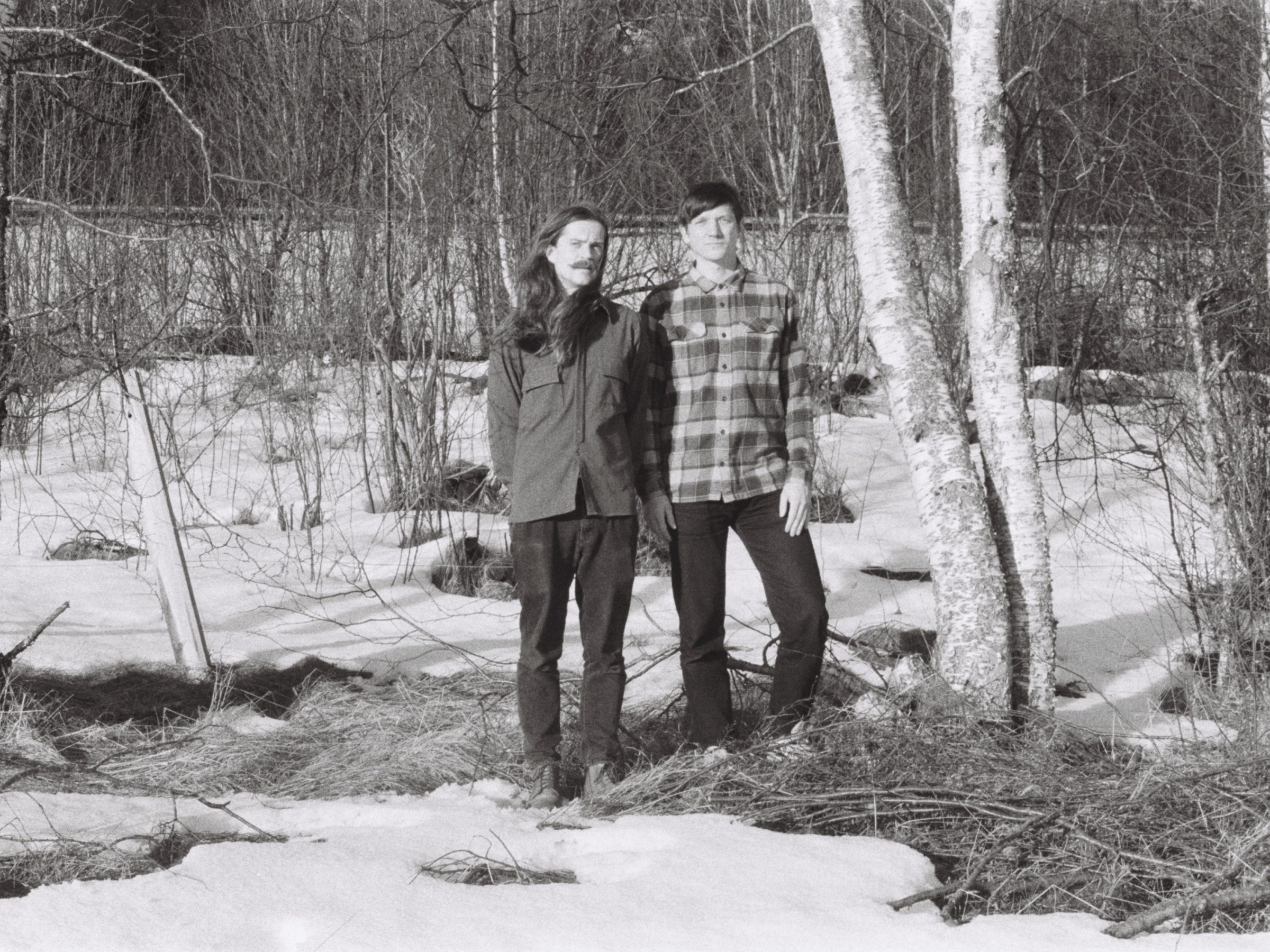
Meta.Morf 2022 – Ecophilia / Dokkhuset / Concert May 18 @ 20.00 / Doors open 19.30
Tickets NOK 190/250 here
Alt som lever skal dø (Every living thing will die)
Eirik Havnes [NO] & Lars Ove Fossheim [NO]
Every living thing will die is a performance that asks, and even attempts to answer, a lot of answerless questions.
Are we humans still a part of nature, or have we parted and are now looking at nature from the outside, rather trying to manage it? What kind of value is there in all our knowledge about math, philosophy, art and technology? Will there still be any value left in a world without humans to observe it? That world will exist at some point in time. Either in a hundred or a hundred thousand years, there will be a world without us. If humanity, our greed and our cognitive abilities have been developed by evolution, does that imply that letting humans destroy the climate simply will be an act of letting evolutions take its course?
Every living thing will die is a text based performance, about the relationship between humans and nature and how they relate. The text is written by Eirik Havnes, music by Lars Ove Fossheim and Eirik Havnes for a quartet of them and drummer Martin Langlie and tubaist Heida Karine Johannesdottir Mobeck.
Eirik Havnes is a poet that brings existential thoughts and problems into an everyday conversation, in an unique and informal mix of rhyming poetry and well timed monologues. A format he found and perfected in the 2020 live recorded show “Life” that describes a life from conception till death. This time around he focuses on not a singular life, but life on earth in general, humanity as a concept and the absurdity of life, in a high paced enchanting monologue.
The music is a playful mix of 80s retrofuturism, science fiction, harsh noise, field recordings and fundamental music principles found in enthic music from all over the world. A musical journey that combines the obviously technological, structured and digital with the chaotic, organic and natural.
Text: Eirik Havnes
Music: Lars Ove Fossheim
Band:
Lars Ove Fossheim, guitar, electronics
Eirik Havnes, guitar, electronics
Martin Langlie, drums, electronics
Heida Karine Johannesdottir Mobeck, tuba, electronics
The performance is a commissioned work for Meta.Morf 2022 under the auspices of Jazzfest and TEKS – Trondheim Elektroniske Kunstsenter.
Supported by Arts Council Norway.
Eirik Havnes & Lars Ove Fossheim
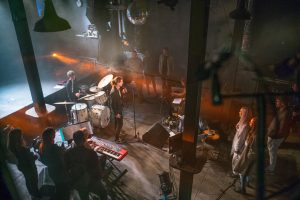 Eirik Havnes er en poet, musiker, komponist og lydkunstner fra Ålesund som de siste årene har jobbet med natur som et gjennomgående tema innen alle sine kunstretninger.
Eirik Havnes er en poet, musiker, komponist og lydkunstner fra Ålesund som de siste årene har jobbet med natur som et gjennomgående tema innen alle sine kunstretninger.
Dokumentarfilmen Polyfonatura fra 2019 tar for seg hans arbeid med feltopptak som musikalske instrumenter, mens Livet av Havnes fra 2020 er en poesifilm som har definert Havnes som en nyskapende formidler av aktuelle filosofiske og politiske spørsmål. Havnes ble nominert til Edvard-prisen for teksten til Livet.
Lars Ove Fossheim er en gitarist og komponist fra Volda med en fot innen kunstrock og en annen innen minimalitisk samtidsmusikk. Han har utmerket seg som en nyskapende gitarisk via band som Broen, Skadedyr, Snøskred og Your Headlights are On, med fokus på klang, tekstur og en utvidelse av gitarens.
Eirik Havnes is a poet, musician, composer and sound artist from Ålesund who in recent years has worked with nature as a recurring theme in all his art directions. The documentary Polyfonatura from 2019 deals with his work with field recordings as musical instruments, while The Life of Havnes from 2020 is a poetry film that has defined Havnes as an innovative communicator of current philosophical and political issues. Havnes was nominated for the Edvard Prize for the text of Life.
Lars Ove Fossheim is a guitarist and composer from Volda with one foot in art rock and another in minimalist contemporary music. He has excelled as an innovative guitarist via bands such as Broen, Skadedyr, Snøskred and Your Headlights are On, with a focus on sound, texture and an extension of the guitar.
Header Graphics and Portrait Photograph: Christian Winther.
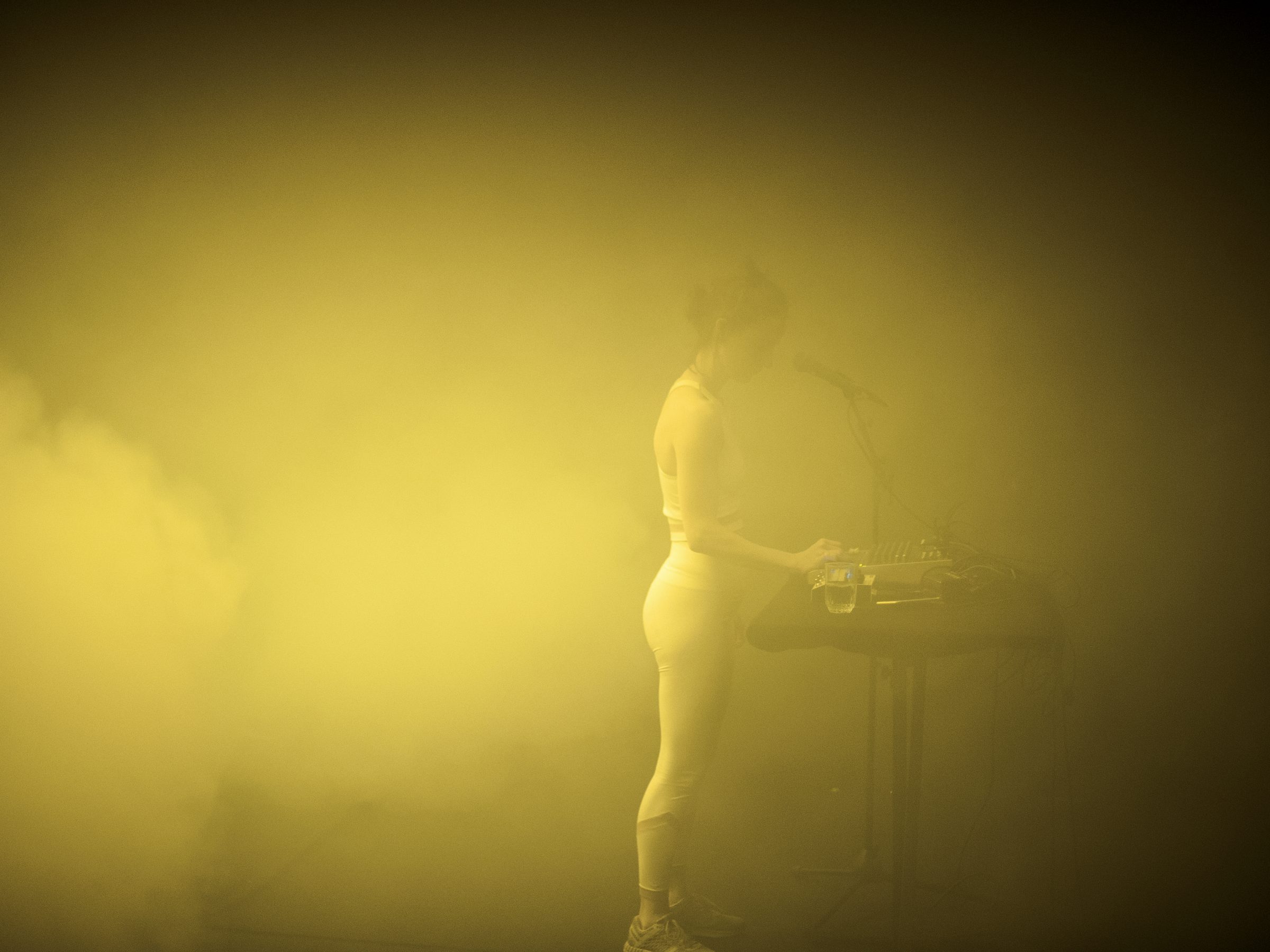
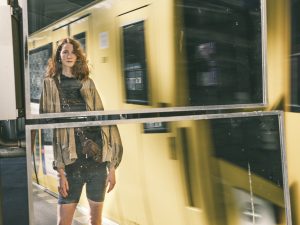 Stavanger-born vocalist, performer and sound artist Stine Janvin works with the extensive flexibility of her voice, and the ways in which it can be used to channel physicality of sound. Created for variable spaces from theatres, to clubs and galleries, and more recently websites and digital platforms, the backbone of Janvin’s projects focus on exploring performance formats, vocal instrumentation and potential dualities of the natural versus artificial, tangible/digital, and minimal/dramatic.
Stavanger-born vocalist, performer and sound artist Stine Janvin works with the extensive flexibility of her voice, and the ways in which it can be used to channel physicality of sound. Created for variable spaces from theatres, to clubs and galleries, and more recently websites and digital platforms, the backbone of Janvin’s projects focus on exploring performance formats, vocal instrumentation and potential dualities of the natural versus artificial, tangible/digital, and minimal/dramatic.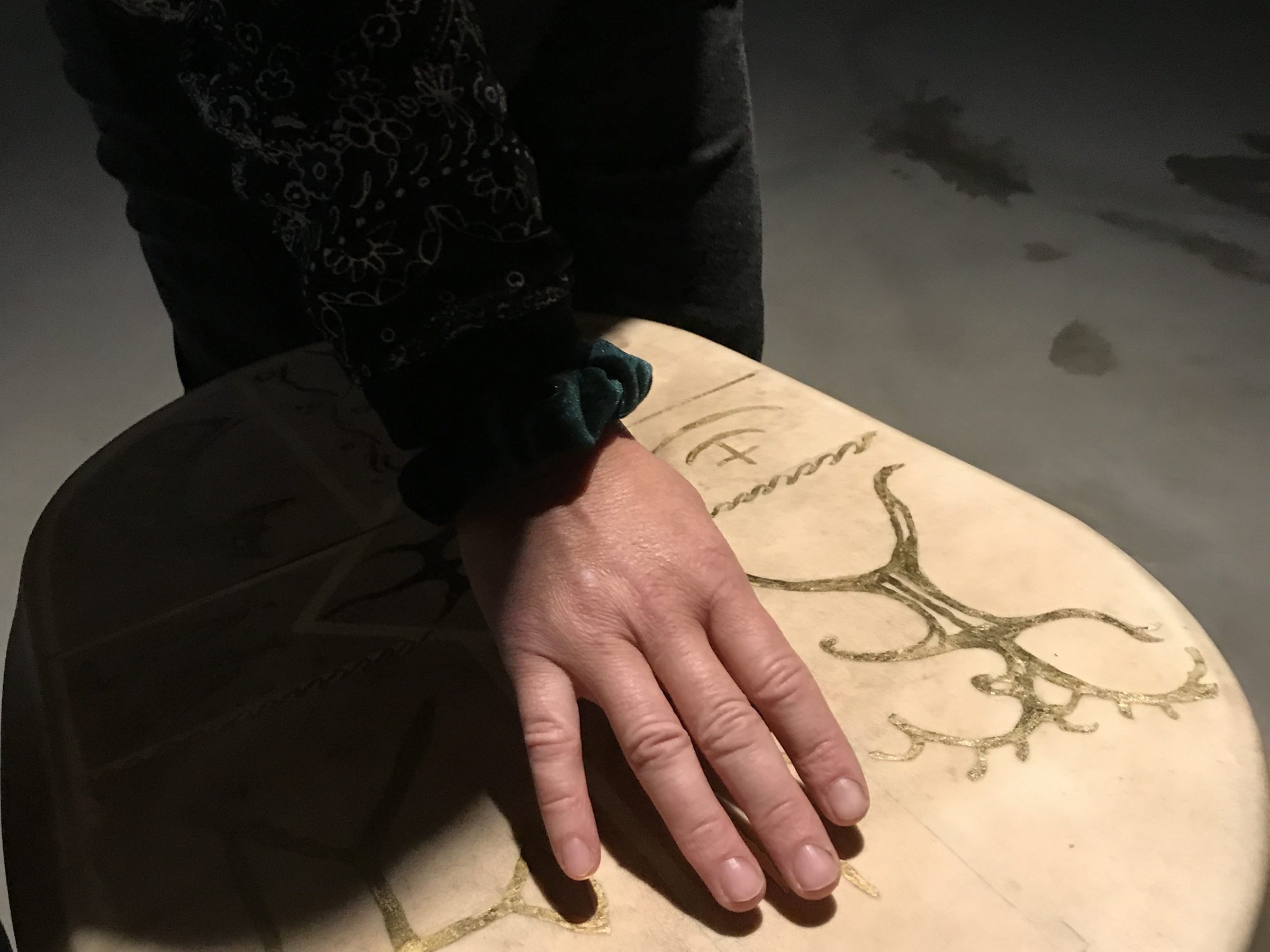
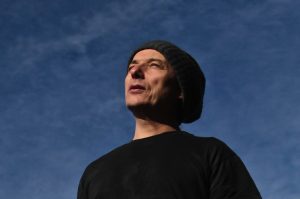 Vassvik is the crew around mastermind Torgeir Vassvik. The Sami musician, Joik artist and composer was born and raised in Gamvik, Sápmi/Norway and now lives mainly in Oslo. His first and main instrument is the voice in all its facets, based on the Sami Joik. He grew up with the mandolin music of his father, trained himself on the guitar, played in indie rock bands, uses prepared guitars, bass, munnharpe, flutes, horns and the Sami frame drum.
Vassvik is the crew around mastermind Torgeir Vassvik. The Sami musician, Joik artist and composer was born and raised in Gamvik, Sápmi/Norway and now lives mainly in Oslo. His first and main instrument is the voice in all its facets, based on the Sami Joik. He grew up with the mandolin music of his father, trained himself on the guitar, played in indie rock bands, uses prepared guitars, bass, munnharpe, flutes, horns and the Sami frame drum.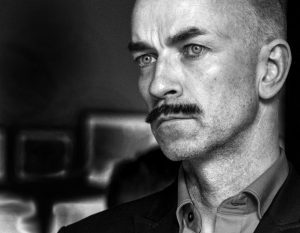 Stahl Stenslie is an artist, curator and researcher, specializing in experimental art, embodied experiences and disruptive technologies. His research and practice focus on the art of the recently possible – such as panhaptic communication, somatic sound and holophonic soundspaces, and disruptive design for emerging technologies. In 1993 he built the cyberSM experiment, the first tactile, cybersex communication system in the world. He has been exhibiting and lecturing at major international events (ISEA, DEAF, Ars Electronica, SIGGRAPH) and moderated symposiums like Ars Electronica (Next Sex), ArcArt and Oslo Lux. He represented Norway at the first Ichihara Biennial, Japan, the 5th biennial in Istanbul, Turkey, co-organized 6cyberconf and won the Grand Prize of the Norwegian Arts Council. As a publisher he is the editor of EE – Experimental Emerging Art magazine (eejournal.no), he has written numerous scientific articles and co-founded The Journal of Somaesthetics (somaesthetics.aau.dk). His PhD on Touch and Technologies (virtualtouch.wordpress.com).
Stahl Stenslie is an artist, curator and researcher, specializing in experimental art, embodied experiences and disruptive technologies. His research and practice focus on the art of the recently possible – such as panhaptic communication, somatic sound and holophonic soundspaces, and disruptive design for emerging technologies. In 1993 he built the cyberSM experiment, the first tactile, cybersex communication system in the world. He has been exhibiting and lecturing at major international events (ISEA, DEAF, Ars Electronica, SIGGRAPH) and moderated symposiums like Ars Electronica (Next Sex), ArcArt and Oslo Lux. He represented Norway at the first Ichihara Biennial, Japan, the 5th biennial in Istanbul, Turkey, co-organized 6cyberconf and won the Grand Prize of the Norwegian Arts Council. As a publisher he is the editor of EE – Experimental Emerging Art magazine (eejournal.no), he has written numerous scientific articles and co-founded The Journal of Somaesthetics (somaesthetics.aau.dk). His PhD on Touch and Technologies (virtualtouch.wordpress.com).
 Founded in 2012 by Nicolas Maigret and Maria Roszkowska, DISNOVATION.ORG is both an art collective and an international workgroup engaged in the crossovers between contemporary arts, research and hacking. Artist and philosopher Baruch Gottlieb joined the collective in 2018. Together, they develop situations of interference, discussion and speculation that question dominant techno-positivist ideologies in order to foster post-growth narratives. Their research is expressed through installations, performances, websites and events. They recently co-edited
Founded in 2012 by Nicolas Maigret and Maria Roszkowska, DISNOVATION.ORG is both an art collective and an international workgroup engaged in the crossovers between contemporary arts, research and hacking. Artist and philosopher Baruch Gottlieb joined the collective in 2018. Together, they develop situations of interference, discussion and speculation that question dominant techno-positivist ideologies in order to foster post-growth narratives. Their research is expressed through installations, performances, websites and events. They recently co-edited 
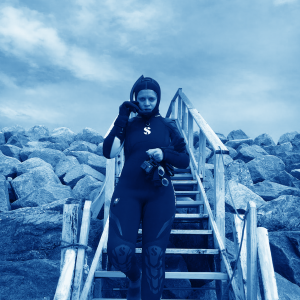 Miriam Simun works where bodies (human and non) collide with rapidly evolving techno-ecosystems. Trained as a sociologist, Simun spends time in communities of experts from biomedical engineers to breastfeeding mothers to farm laborers to freedivers. Taking on the role of ‘artist-as-fieldworker,’ the process is lived, embodied and complicated. Spanning multiple formats, Simun’s works include video, installation, performance, writing, and communal sensorial experiences, always forefronting corporeal and embodied ways of listening, knowing, and being.
Miriam Simun works where bodies (human and non) collide with rapidly evolving techno-ecosystems. Trained as a sociologist, Simun spends time in communities of experts from biomedical engineers to breastfeeding mothers to farm laborers to freedivers. Taking on the role of ‘artist-as-fieldworker,’ the process is lived, embodied and complicated. Spanning multiple formats, Simun’s works include video, installation, performance, writing, and communal sensorial experiences, always forefronting corporeal and embodied ways of listening, knowing, and being.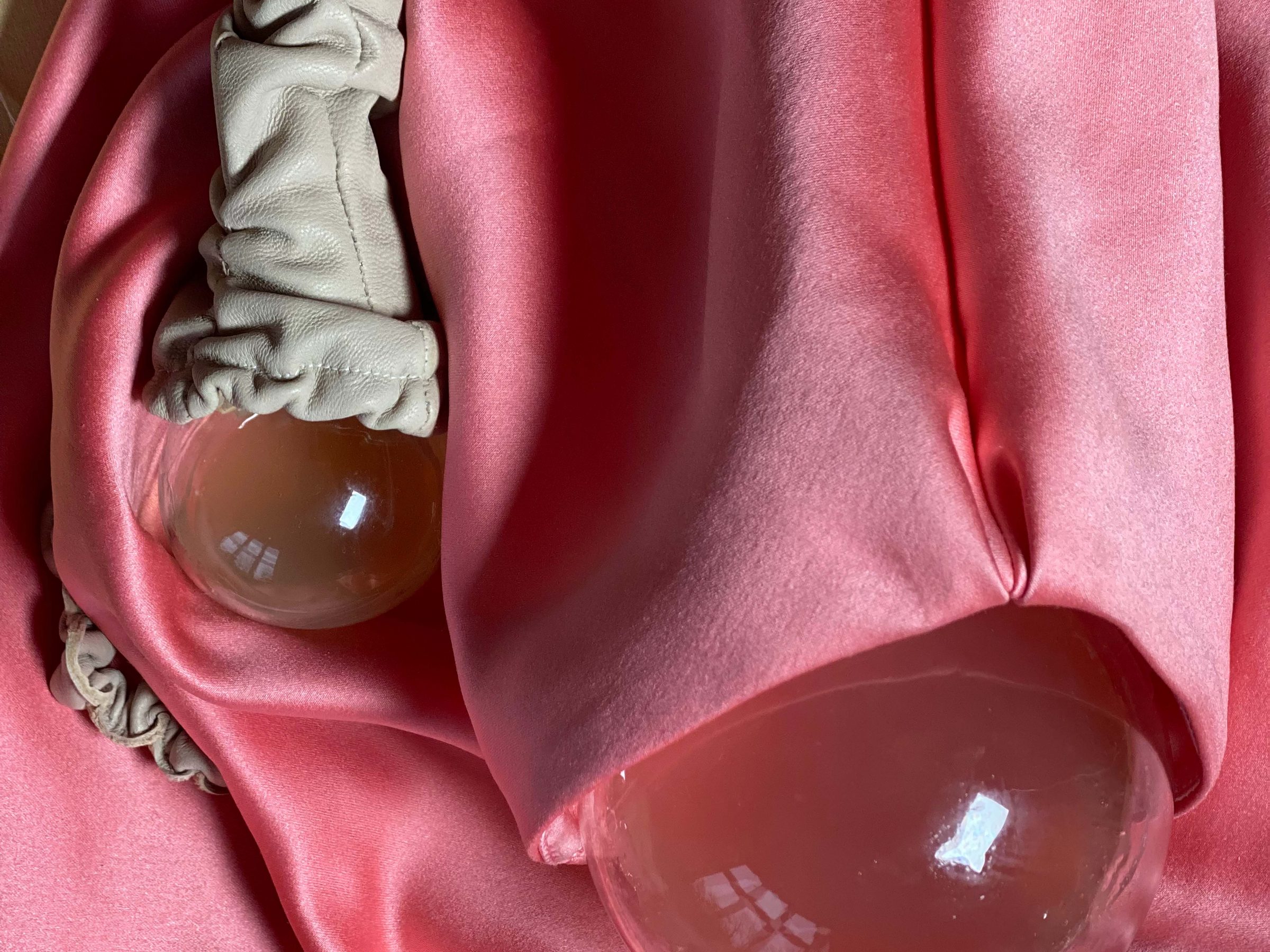
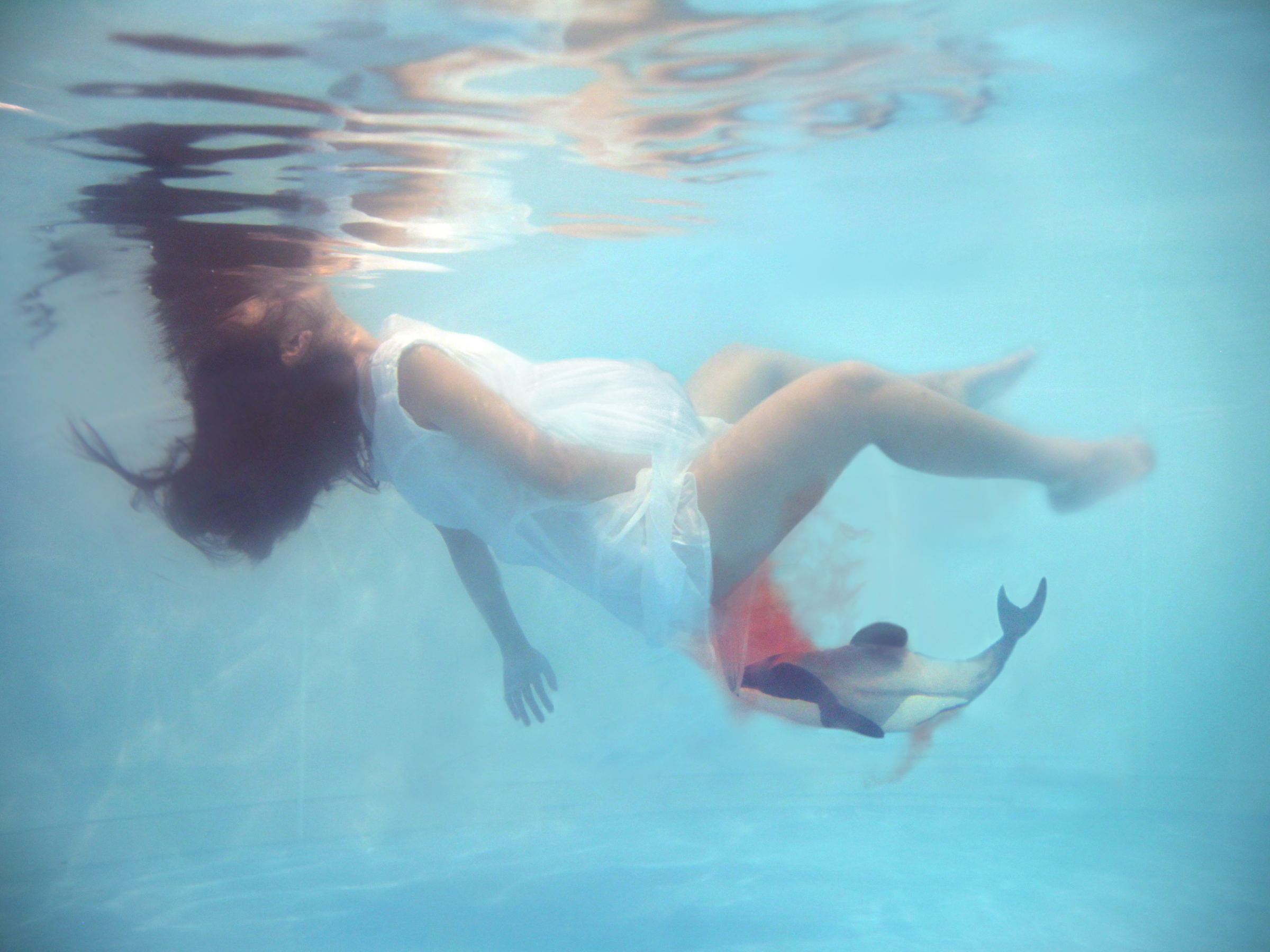
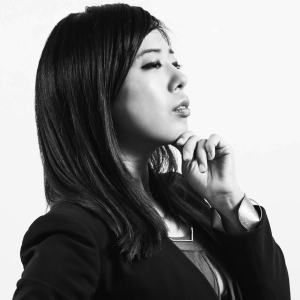 Artist. Her work focuses on the relationship between technology and people. His provocative works invite viewers to debate ethical boundaries, and often deal with themes related to reproduction and the future of life and death. Her book “How to be a Revolutionary in 20XX” has been published in Japan and Taiwan.
Artist. Her work focuses on the relationship between technology and people. His provocative works invite viewers to debate ethical boundaries, and often deal with themes related to reproduction and the future of life and death. Her book “How to be a Revolutionary in 20XX” has been published in Japan and Taiwan.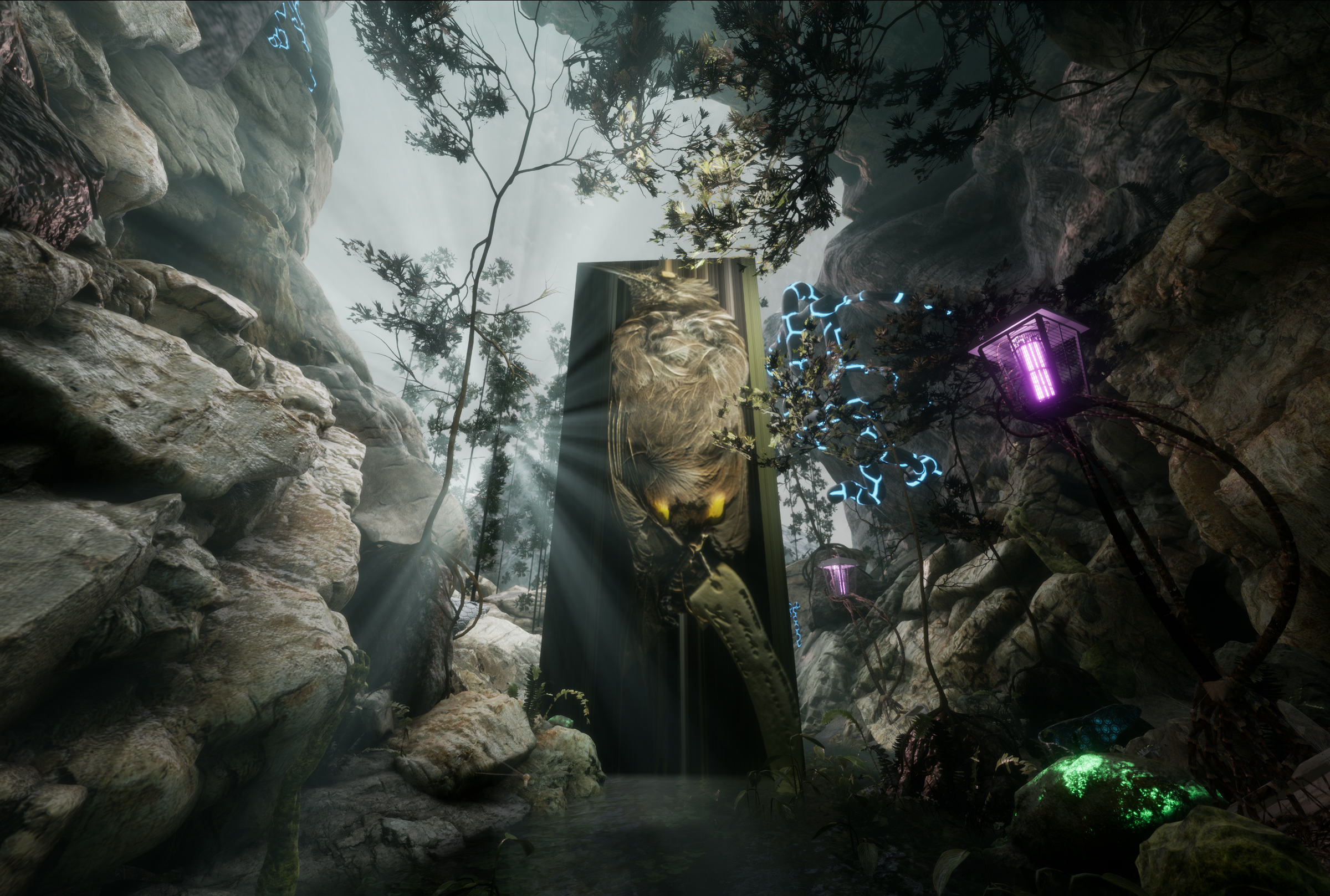
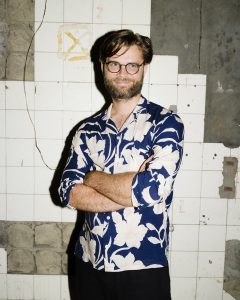 Jakob Kudsk Steensen (b. 1987, Denmark) is an artist working with environmental storytelling through 3d animation, sound and immersive installations. He creates poetic interpretations about overlooked natural phenomena through collaborations with field biologists, composers and writers. Projects are based on extensive fieldwork. Key collaborators include Musician ARCA, Composer and Musical Director for the Philip Glass Ensemble Michael Riesman, Ornithologist and author Dr. Douglas H. Pratt, Architect Sir David Adjaye OBE RA, BTS, the Cornell Lab of Ornithology, and the Natural History Museum Berlin, among others.
Jakob Kudsk Steensen (b. 1987, Denmark) is an artist working with environmental storytelling through 3d animation, sound and immersive installations. He creates poetic interpretations about overlooked natural phenomena through collaborations with field biologists, composers and writers. Projects are based on extensive fieldwork. Key collaborators include Musician ARCA, Composer and Musical Director for the Philip Glass Ensemble Michael Riesman, Ornithologist and author Dr. Douglas H. Pratt, Architect Sir David Adjaye OBE RA, BTS, the Cornell Lab of Ornithology, and the Natural History Museum Berlin, among others.
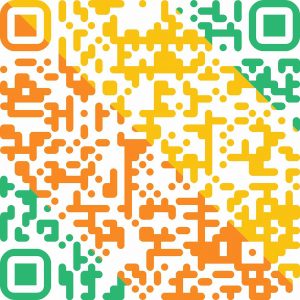
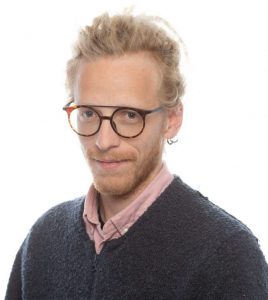 Malakias Liebmann
Malakias Liebmann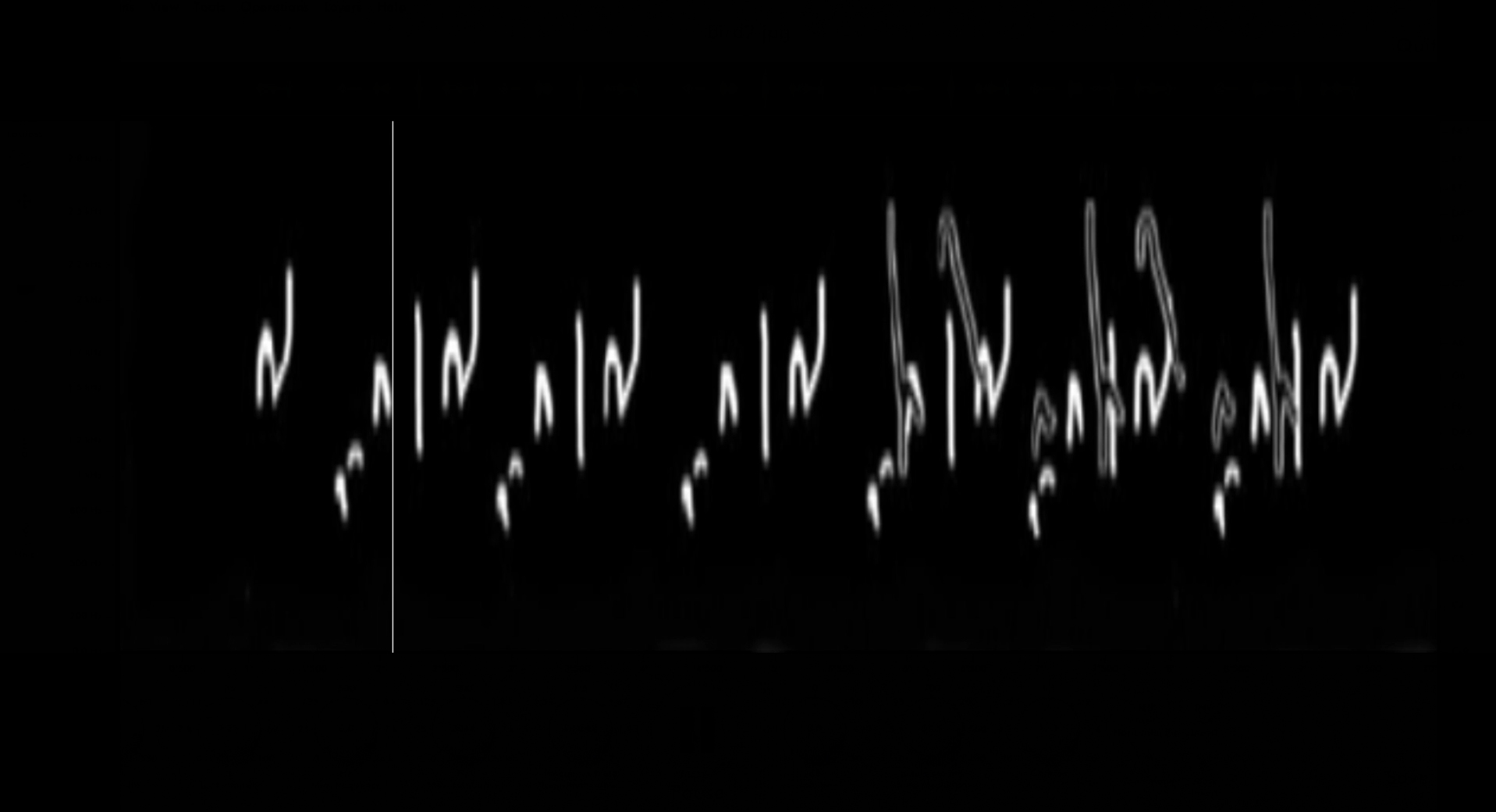
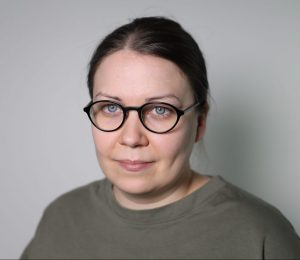 Leena Saarinen (b. 1988) is a visual artist based in Helsinki, Finland. Her practice is multidisciplinary and research based. She works with questions of posthumanism in the age of climate change and mass extinctions. In her work she studies culture, language and the relationship between human and non-human species. Her works have been exhibited in galleries, museums and public spaces in Finland and internationally. She is currently doing her master’s degree in the Academy of Fine Arts in University of the Arts Helsinki in the sculpture department.
Leena Saarinen (b. 1988) is a visual artist based in Helsinki, Finland. Her practice is multidisciplinary and research based. She works with questions of posthumanism in the age of climate change and mass extinctions. In her work she studies culture, language and the relationship between human and non-human species. Her works have been exhibited in galleries, museums and public spaces in Finland and internationally. She is currently doing her master’s degree in the Academy of Fine Arts in University of the Arts Helsinki in the sculpture department.